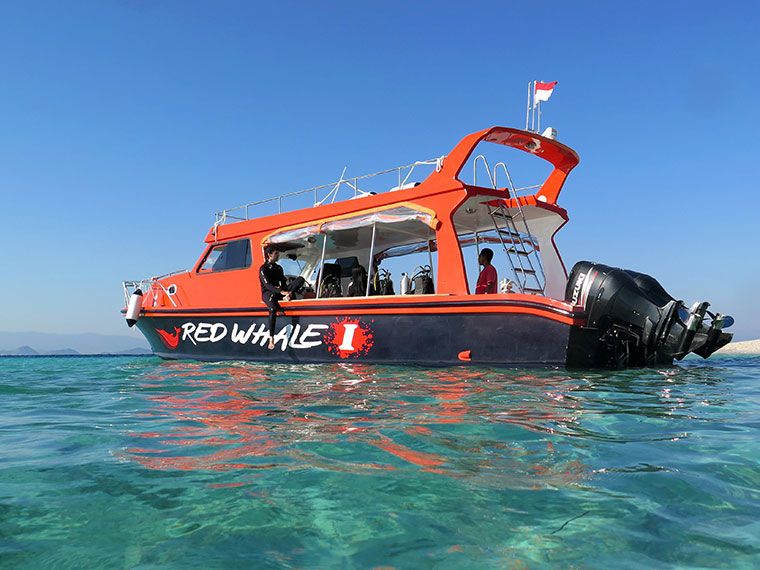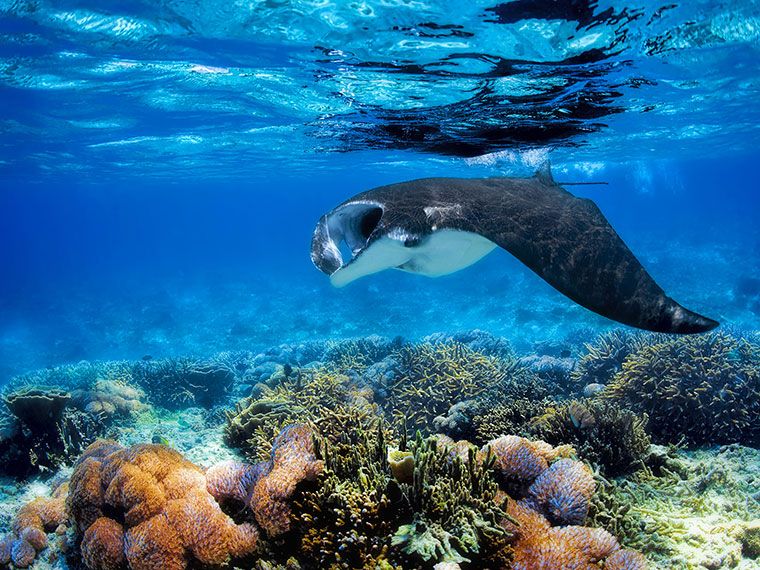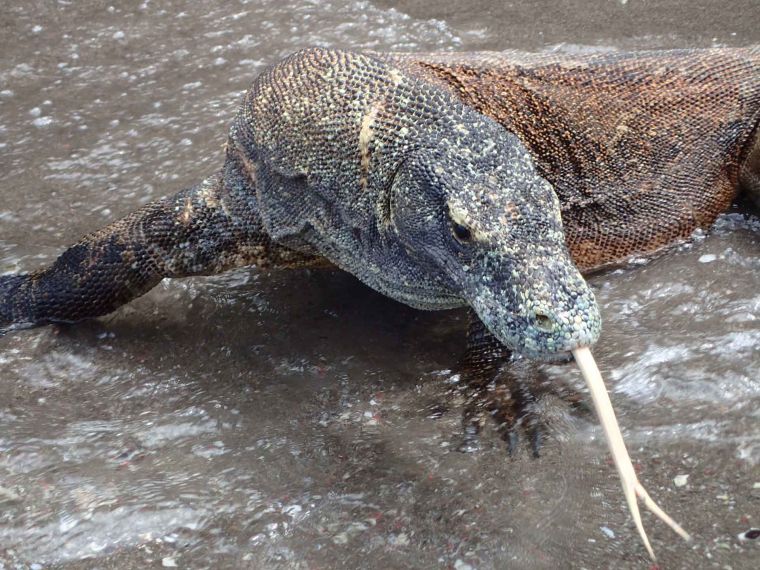Scuba Diving is an exciting sport. If you like it so much to consider it as a hobby, then owning your diving equipment is a must. Here are scuba diving gears that you need to know.
1. Buoyancy Control Device (BCD)
The BCD OR BC (Buoyancy Compensator) is a vest that used to keep the scuba tank and control buoyancy. Buoyancy affects your motion underwater, thus controlling buoyancy has a large impact on your diving. A good buoyancy control will help you to move better under the water. If necessary, take a course in buoyancy control to learn to learn how to maneuver during a dive.
Different BCD may have different features. BCD is equipped with inflator and a deflator mechanism used to add or release air. It's placed on a hose linked to your left shoulder.
Typically, BCD comes with pockets and D-rings to carry gadgets and you wear it like a vest, for easy access to buoyancy inflators and gadgets. There's additionally a wing BCD with an advantage of better buoyancy and allows a horizontal position under the water.
2. Regulator
Regulators serve to connect you to the air tanks. It enables you to breathe the gas stored in the tank, thus the lifeline of scuba divers. There are two ways to attach the regulator to your tank. The classic Yoke regulator mounts over and around the tank valve. And the DIN (Deutsche Industri Norm), is screwed directly into the valve.
The regulator has a primary and an alternate air source, in a case of emergency.A modern regulator provides air when you want it. If you are diving cold water, you may have to consider a special regulator constructed for cold water use.
3. Wetsuits and Drysuits
As you are going to spend a lot of time under the water, you are going to need a suit. The suit does not only serve to keep you from the water temperature, but also from animal stings, and other environmental threats. There are two types of suits you may need for diving, depending where you dive.
For diving in a warm water of tropical area, a wetsuit is enough. Not to mention that it is also less expensive than dry suits. On the opposite, dry suits are needed to dive in cold water. The suits are usually made from compressed neoprene or a membrane and serve to keep your body dry and warm during the dive.
4. Scuba Diving Mask
A scuba diving mask does not only protect your face and eyes but also serves to block your nose, preventing you from breathing through the nose. Scuba diving masks are usually made from silicon and tempered glass. A good mask has a good design and is not easily break or fog.
When buying a scuba mask, consider your basic need to see clearly through the mask. Make sure it fully encloses your nose and enables you to breathe properly underwater. Size is also an important factor. Make sure your mask in a perfect size to fit properly and provides comfort.
Professional divers usually wear a full face mask that covers their entire face.
5. Snorkel
A snorkel is both diving and snorkeling equipment. It is not obligatory for scuba diving, but it is basic equipment for snorkeling, in addition to the face mask and fins. When it comes to snorkel, the longer it is, the harder it is to breathe in. So, choose the right length for your snorkel. A medium length will make breathing easy. Make sure your snorkel is attached to your mask strap, so you won’t lose it during the dive.
6. Fins
Fins help you move through the water easily. Depending on your diving style, you can choose between open-heel or full foot fins. The open heel fins are open at the heel and used with boots to protect your feet against cold and cuts. While full foot fins fully cover your entire foot, just like a shoe.
Fins come in different sizes and styles, including split, force fins, and hinged fins. Split fins split up the middle and look like fish fins. They may be too floppy for some people, depending on swimming style. Force fins look like a whale tail. It is light, efficient, and of course, expensive. Meanwhile, hinged fins are more suitable for shore diving and adjustable to your needs.
7. Gadgets
If you have extra budgets, you can also carry extra accessories. Such as diving knives, dive lights, dive gloves, communication equipment, photo gear, SMB (Surface Marker Buoy), rings, hooks, extra pockets, pointers, underwater scooters, and computers (worn on the wrist like a watch).
An essential equipment you need to buy first are fins, mask, and snorkel, but if you have the budget, why not by all of the diving and snorkeling equipment?








